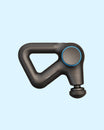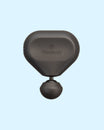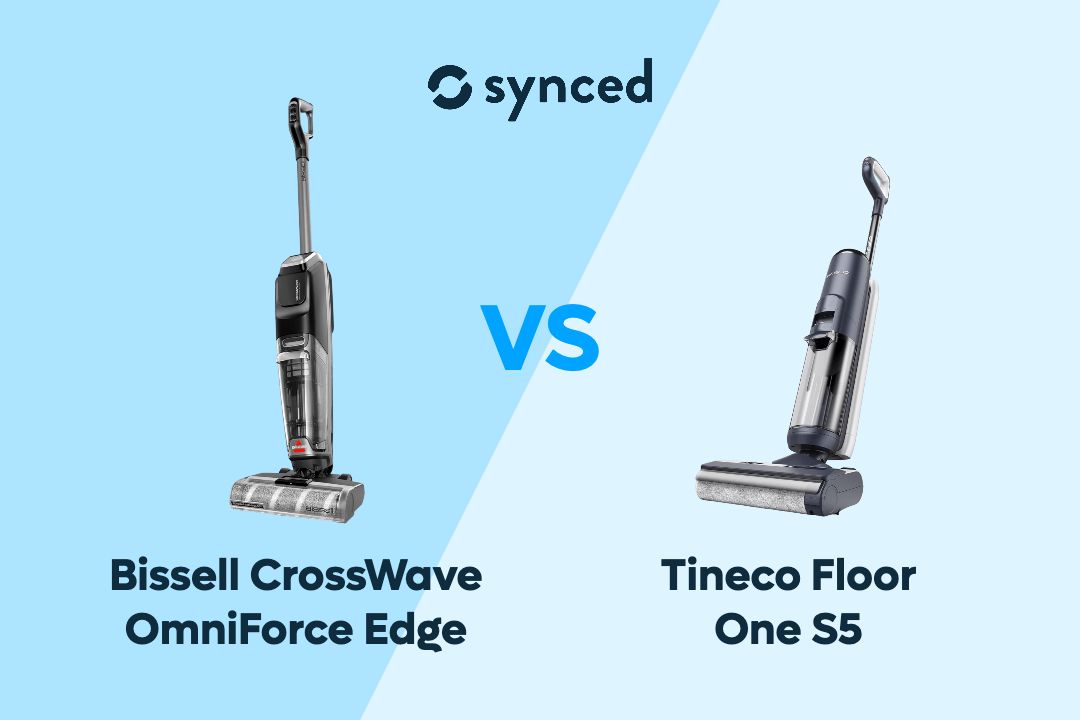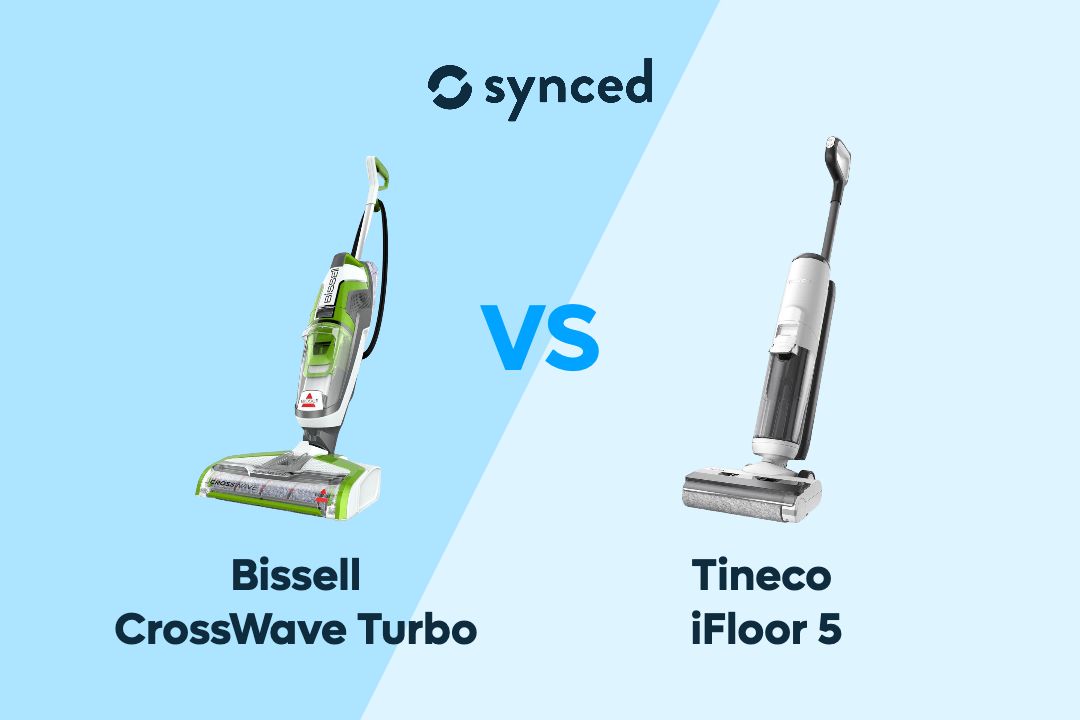Garmin Vivoactive 6 vs Forerunner 165: Casual Fitness or Serious Training?
Naila Syifa
Updated June 2025

Choosing a new smartwatch can feel a bit like picking out a new pair of shoes. There are so many options, and what works for one person might not be the best fit for another.
When I started looking into Garmin's latest offerings, the Vivoactive 6, I quickly realized it's a close competitor to the popular Forerunner 165. They are in similar price ranges and seem targeted at fitness enthusiasts, but with different priorities.
Let's dive into a comprehensive comparison of these two watches and see which might suit your fitness journey.
Key Takeaways
The Vivoactive 6 offers broader activity profiles and advanced health features like sleep coach and smart wake, while the Forerunner 165 excels at running metrics and navigation. Choose based on whether you're a multi-sport enthusiast or a dedicated runner.


Garmin Vivoactive 6
Active & Versatile
✓ 1.2” AMOLED
✓ 70+ Activity Profile
✓ PacePro Pacing Strategies
✓ Smart Wake Alarm
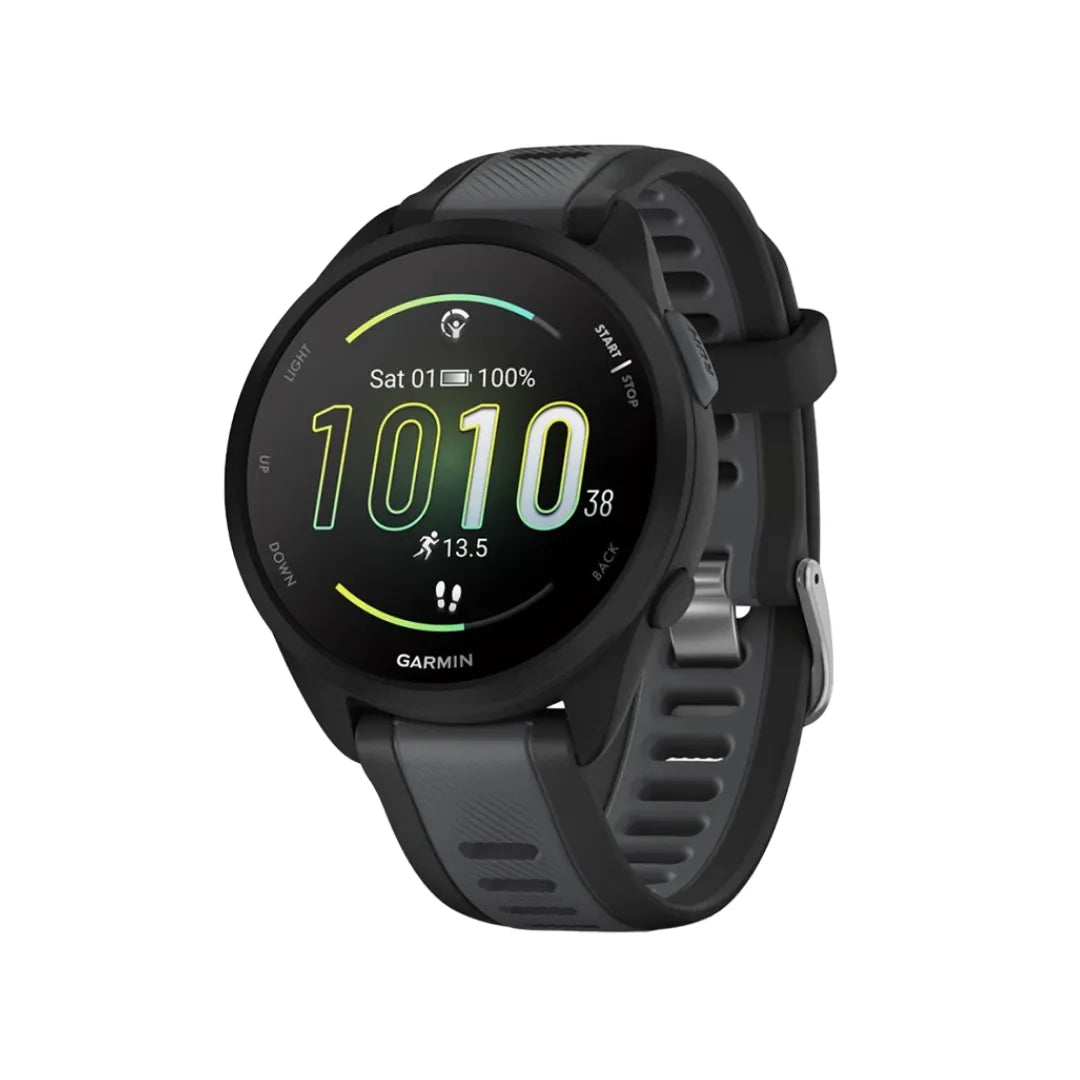
Garmin Forerunner 165
Running & Training
✓ 1.2” AMOLED
✓ 20+ Activity Profiles
✓ Running Power
✓ Point-to-Point Navigation
Price

Garmin Forerunner 165
First thing first, let's talk about the price. The Vivoactive 6 comes in a flat US$299.99 price. That's it. You get a music storage built-in right out of the box and a plenty 8 GB memory for your favorite tunes and podcasts.
On the other hand, the Forerunner 165 has a more flexible pricing structure. You can snag the base model for US$249.99, but if you want to store music directly on the watch, you’ll need to opt for the music version, which is priced at US$299.99, matching the Vivoactive 6.
So, both have US$299.99 price tag with music storage, but the Forerunner 165 unfortunately only has 4 GB of memory.
Design & Display

Garmin Vivoactive 6
When it comes to how these watches look and feel, there are some interesting similarities and differences. Both the Vivoactive 6 and the Forerunner 165 feature a vibrant 1.2" AMOLED touchscreen display with a sharp 390 x 390 pixels resolution. This means you'll get clear, bright visuals on either watch.
They're also both swim-friendly with a 5 ATM water-rating, so no worries about taking them for a dip.
However, their aesthetics diverge a bit. The Forerunner 165 leans into a sportier vibe, complete with a textured two-tone strap that just screams "ready for a run."
The Vivoactive 6, with its smooth strap and aluminum bezel, definitely has a more premium and versatile look that could easily transition from a workout to a casual outing.
Delving into the materials, the Vivoactive 6 boasts a Corning Gorilla Glass 3 lens, which generally offers better scratch resistance than the chemically strengthened glass found on the Forerunner 165.
In terms of size, the Vivoactive 6 is slightly smaller at 42.2 mm, while the Forerunner 165 measures 43 mm. The bezel material also sets them apart: aluminum on the Vivoactive 6 versus polymer on the Forerunner 165.
A cool, unique display feature of the Vivoactive 6 is its Red Shift Mode, which can change the entire watch interface to shades of red, green, or orange. This can be really helpful for preserving your night vision, especially when checking your watch in dim light.
Health & Fitness Features
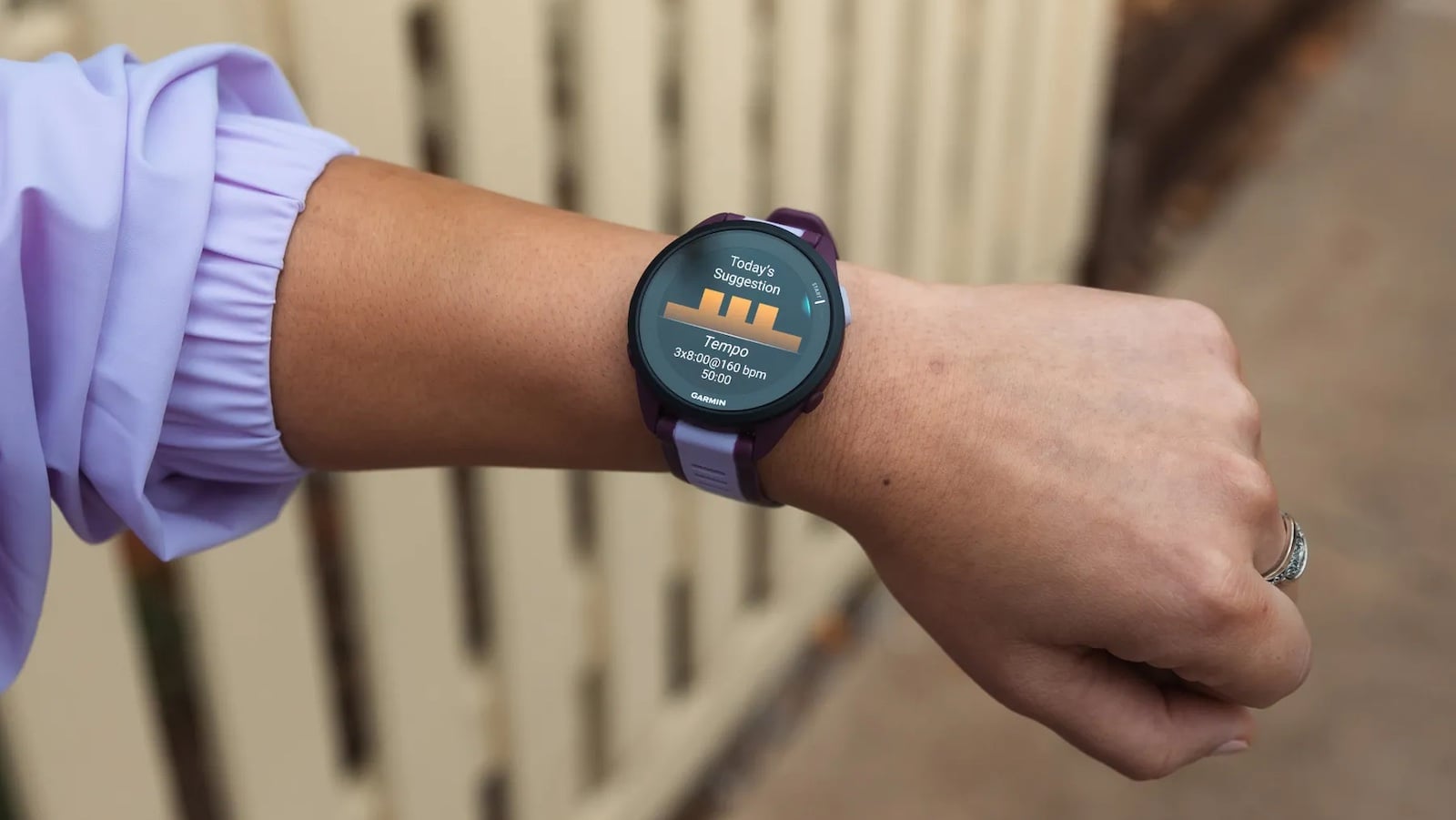
Garmin Forerunner 165
Now, this is where things get really interesting, as both watches offer a solid suite of health and fitness tracking, but with some key distinctions.
You’ll find the essentials on both, like 24/7 heart rate monitoring, blood oxygen tracking, and stress tracking. Both also offer advanced sleep monitoring, giving you a detailed breakdown of your sleep stages, a sleep score, and even nap detection.
The Body Battery energy monitor and guided meditation and breathwork exercises are also standard on both, which I find incredibly useful for overall well-being.
However, the Vivoactive 6 introduces some thoughtful additions. It includes a sleep coach feature, which I think is a neat touch for personalized sleep guidance.
It also has a smart wake alarm that uses gentle vibrations to wake you up during lighter sleep stages within a 30-minute window before your set alarm time. This is a subtle but potentially very effective way to start your day feeling more refreshed.

Garmin Vivoactive 6
The Vivoactive 6 also boasts an impressive 73 activity profiles, which is a huge leap from just 25 on the Forerunner 165. This means you’ll find profiles for more niche activities like mobility exercises, horseback riding, archery, golf, SUP, kayaking, motorcycling, winter sports, basketball, and boxing, to name a few.
The Vivoactive 6 even has a dedicated wheelchair mode with workouts tailored for wheelchair users, tracking pushes instead of steps. Plus, it offers on-screen workout animations and muscle maps for certain activities, which can be super helpful for proper form.
And while Garmin Coach on the Forerunner 165 is primarily for running and cycling, the Vivoactive 6 extends its support to strength workouts too. And it adds gyroscope for more accurate motion tracking capabilities.
But if running is your passion, the Forerunner 165 truly shines with its more comprehensive running features. While both have Running Dynamics, Cadence, PacePro Pacing Strategies, and a Race Predictor, the Forerunner 165 goes deeper by measuring Vertical Oscillation and Ratio, Ground Contact Time, Stride Length, and Running Power. It also provides a Race Predictor that can be set for specific courses and weather conditions.
You’ll also find Virtual Running and Ultra Running profiles on the Forerunner 165 that aren't available on the Vivoactive 6. Also, the Forerunner 165 measures VO2 Max during both runs and trail runs, whereas the Vivoactive 6 only does so during regular runs.
Another small but noteworthy detail is that the Forerunner 165 also tracks floor climbs, which the Vivoactive 6 does not. It could be useful if you live or work in a multi-story building and want to track those stairs.
In sum, if you're a runner, the Forerunner 165 seems purpose-built for you. But if you're more of a multi-sport enthusiast or enjoy variety, the Vivoactive 6's broader activity tracking might be more appealing.
Navigation Features
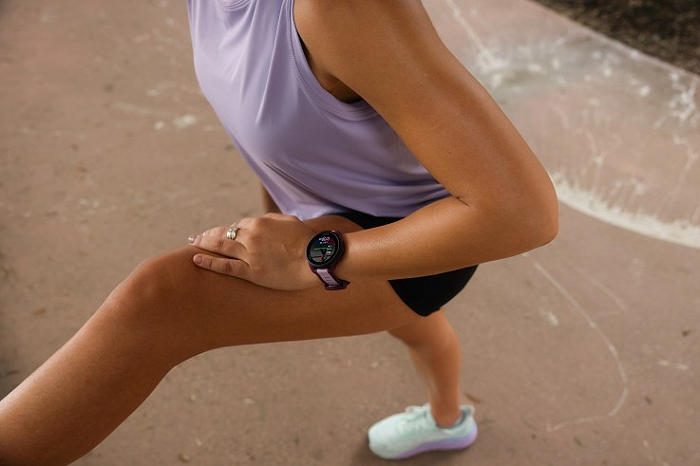
Garmin Forerunner 165
When it comes to navigation, there's a bit of a trade-off. The Vivoactive 6 uses five GNSS systems (GPS, Glonass, Galileo, QZSS, and BeiDou) for more accurate positioning, compared to just the first three on the Forerunner 165.
However, the Forerunner 165 steps up its navigation game with features like point-to-point navigation, real-time breadcrumbs, TracBack, UltraTrac mode, elevation profiles, distance to destination, total ascent/descent, a rest timer for ultra runs, auto rest, and a future elevation plot.
The Vivoactive 6, by contrast, only offers a "back to start" feature for navigation.
Smartwatch Features

Garmin Vivoactive 6
Both watches are pretty smart when it comes to daily use. You'll get smart notifications on both, and if you have an Android smartphone, you'll even be able to respond to texts and view images from notifications, which is super convenient.
Garmin Pay is also a handy feature on both, letting you make contactless payments right from your wrist.
And for music lovers, both the Vivoactive 6 and the Forerunner 165 Music version allow you to control your smartphone music and store music directly on the watch, so you can leave your phone behind during workouts.
Just remember, neither has a built-in speaker, so you'll need wireless headphones to enjoy your tunes phone-free.
Battery Life

Garmin Vivoactive 6
Battery life is always a big concern, and I'm happy to report that both watches offer impressive longevity. In standard smartwatch mode, both the Vivoactive 6 and the Forerunner 165 can last up to 11 days on a single charge.
However, if you really want to stretch that battery, the Vivoactive 6 pulls slightly ahead in Battery Saver Smartwatch mode, offering up to 21 days compared to the Forerunner 165's up to 20 days. It's a small difference, but every extra day counts!
Garmin Vivoactive 6 vs Forerunner 165
Final Thoughts
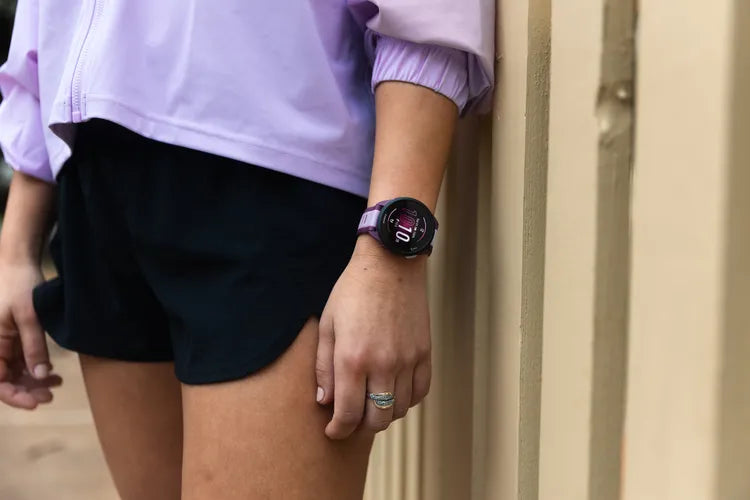
Garmin Forerunner 165
So, which one should you choose? It really boils down to your primary use case. If you're a dedicated runner or cyclist who craves detailed metrics, advanced navigation, and highly specific training tools, the Forerunner 165 is likely your best bet. It’s built for performance and offers that extra layer of data analysis for serious athletes.
However, if you’re looking for a more well-rounded fitness tracker that handles a broader range of activities, offers enhanced health monitoring features like sleep coach and smart wake alarm, and boasts a more versatile, premium design, the Vivoactive 6 is an excellent choice. It's a fantastic all-rounder for general fitness enthusiasts who appreciate thoughtful lifestyle integrations.
If you like to read more on smartwatches, check out our other relevant guides here:
Best Smartwatches
Garmin Vivoactive 4 vs 5
Garmin Vivoactive 5 vs 6
Garmin Vivoactive 6 vs Venu 3
Author

Naila Syifa
Naila has spent over 1,800 hours researching, exploring, and writing about the latest trends in technology, consumer electronics, and smart home gadgets.
Don't miss out on tech
Subscribe to our newsletter to stay up to date on the latest tech trends and guides on the best gadgets around.


